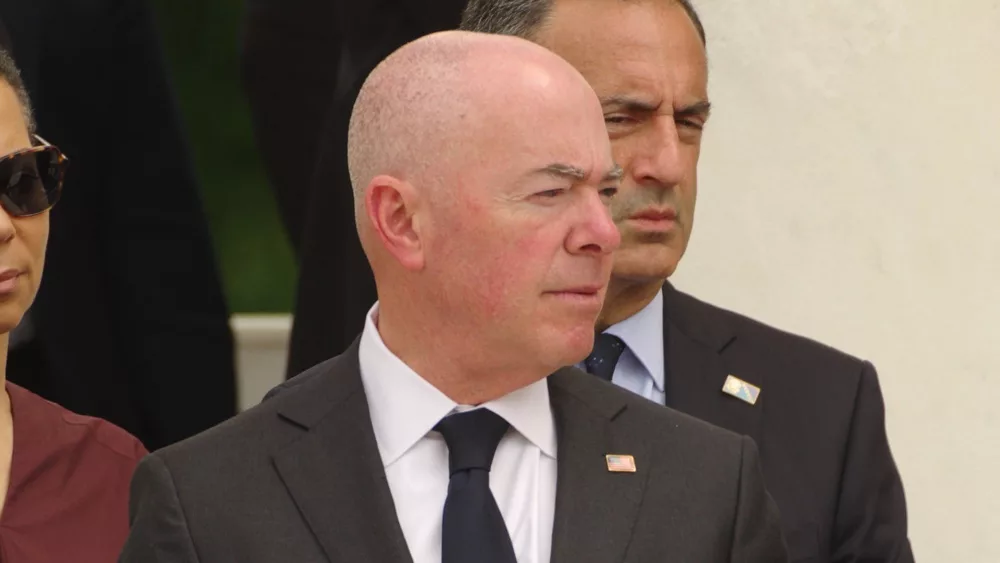
For the first time in NASA history an asteroid sample collected by the agency has touched down on Earth, seven years after launching the OSIRIS-REx spacecraft into space. The capsule flew by Earth Sunday to deliver the pristine sample from the near-Earth asteroid Bennu. which will allow scientists the opportunity to learn more about the origins of the solar system.
OSIRIS-REx, which stands for Origins, Spectral Interpretation, Resource Identification, Security, Regolith Explorer, lifted off in 2016 and began orbiting Bennu in 2018. The spacecraft collected the sample in 2020 and set off on its lengthy return trip to Earth in May 2021. The mission traveled 3.86 billion miles total to Bennu and back.
OSIRIS-REx dropped the sample capsule — containing an estimated 8.8 ounces of asteroid rocks and soil — from a distance of 63,000 miles (102,000 kilometers) above Earth’s surface early Sunday, and entered the planet’s atmosphere at 10:42 a.m. ET while traveling at a speed of about 27,650 miles per hour (44,498 kilometers per hour).
The sample landed in the Defense Department’s Utah Test and Training Range about 10 minutes after entering the atmosphere. NASA administrator Bill Nelson said: “Congratulations to the OSIRIS-REx team. You did it. It brought something extraordinary, the largest asteroid sample ever received on Earth. This mission proves that NASA does big things, things that inspire us, things that unite us. It wasn’t mission impossible. It was the impossible that became possible.” OSIRIS-REx will continue its tour of the solar system, with the spacecraft set to capture a detailed look at a different asteroid named Apophis. That mission now has a new name: OSIRIS-APEX (for Origins, Spectral Interpretation, Resource Identification, Security-APophis EXplorer).
Details about the sample will be revealed through a NASA broadcast from Johnson Space Center on October 11. NASA said the science team will not have had time to fully assess the sample, but researchers expect to collect some fine-grained material at the top of canister for a quick analysis that can be shared in October.
Editorial credit: Droneandy / Shutterstock.com














